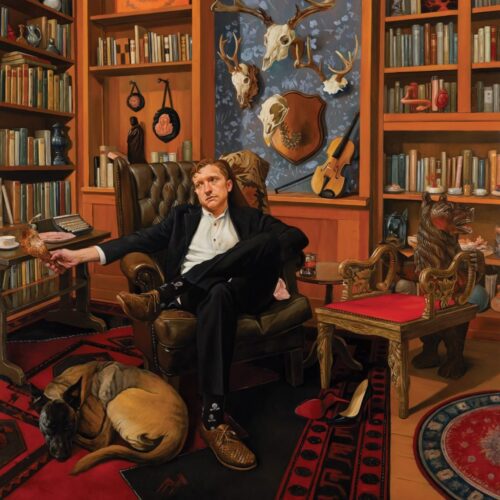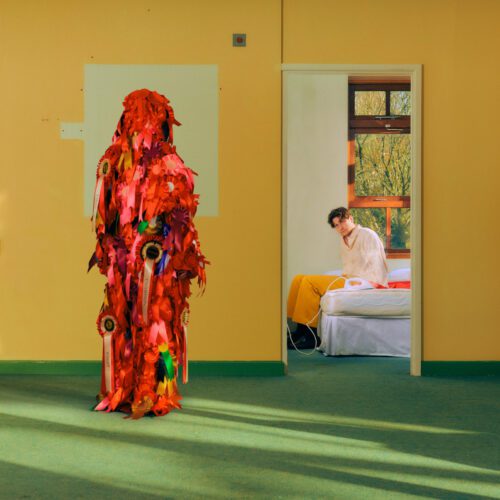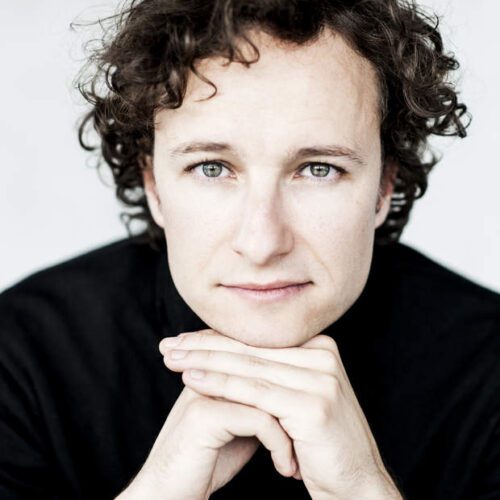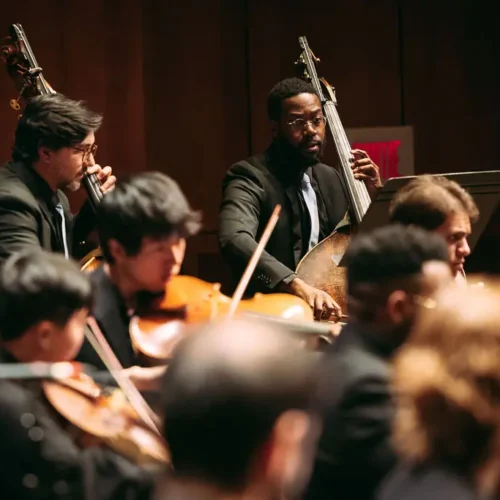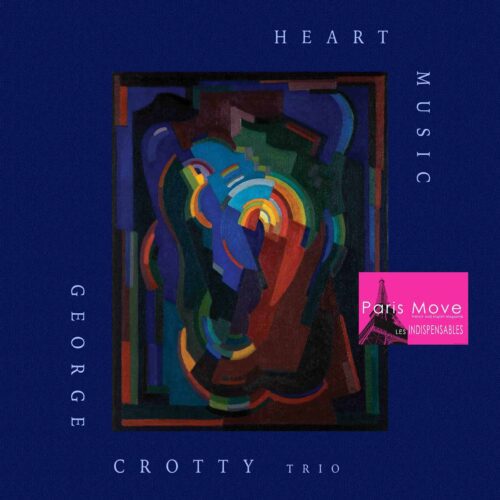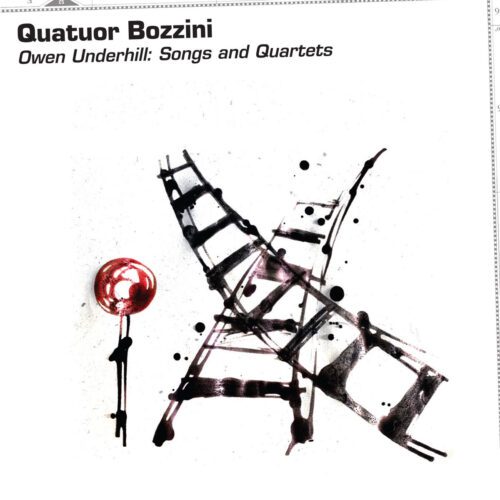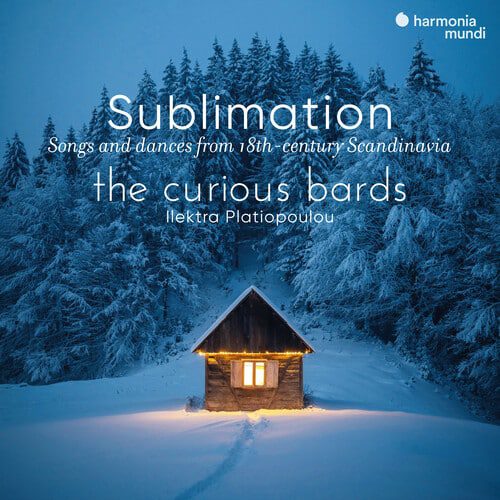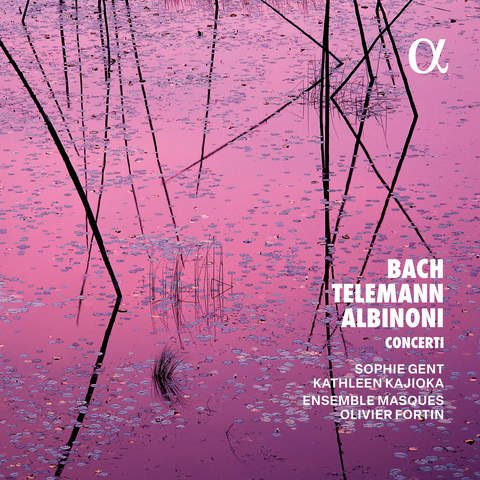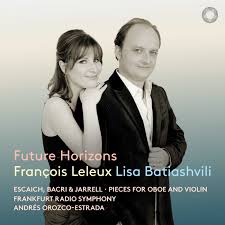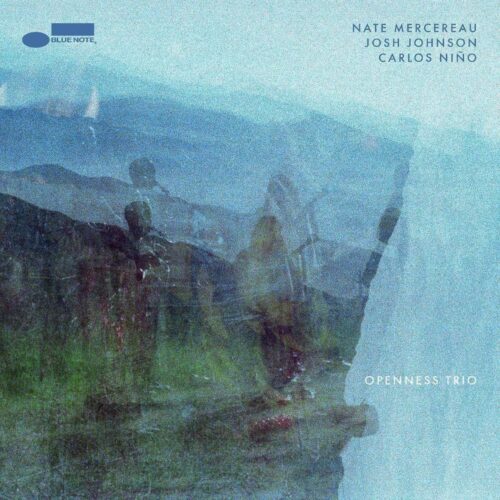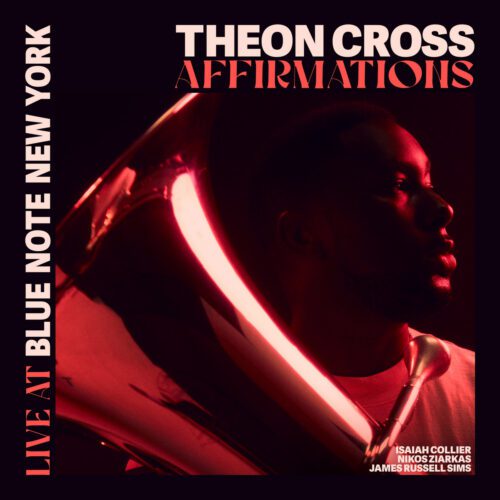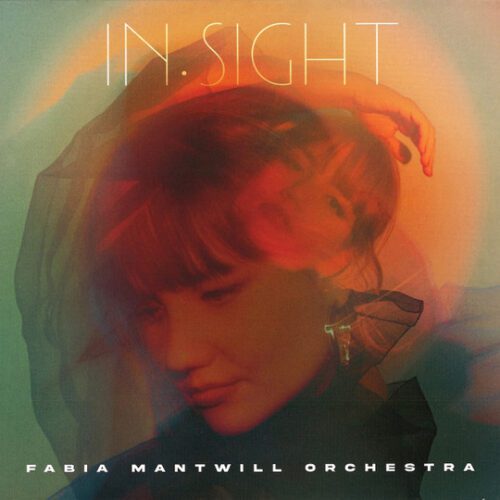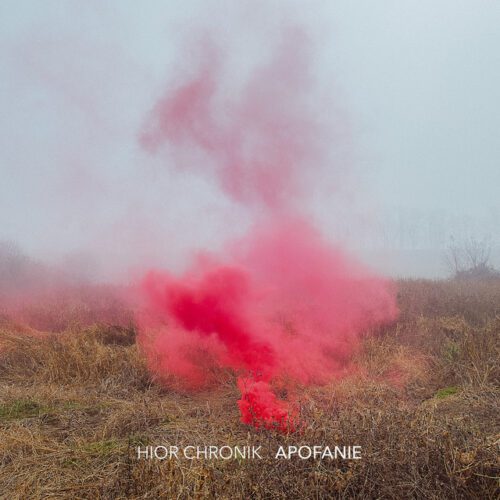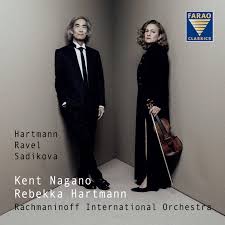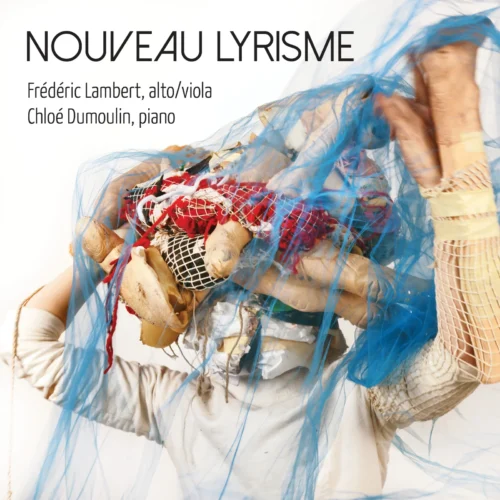The Nouvel Ensemble Moderne (NEM) is writing the first pages of a new book in this 2024-2025 season, divided into three chapters and driven by the wind of renewal of Jean-Michaël Lavoie, who succeeds Lorraine Vaillancourt after 35 years at the helm of the chamber orchestra. For the second chapter of three this season, the NEM invites us to the Cinquième salle at Place des arts for a concert in collaboration with the Atelier lyrique de l’Opéra de Montréal.
Entitled Chapitre 2 – Des airs nouveaux, this afternoon concert featured a repertoire equally divided between three Quebec composers and Korean composer Unsuk Chin. Upon entering the foyer, the audience was greeted by a mediation team led by Irina Kirchberg, visiting professor at the Université de Montréal, which included a recording device for superimposing spectators’ voices, as well as an interactive panel in the form of a memory game inviting them to discover more about the works on the program.
The concert then opened with José Evangelista’s Vision, a piece for small ensemble and mezzo-soprano with a mystical aura. Brazilian singer Camila Montefusco brilliantly interpreted this work, which highlights the composer’s Spanish origins and multiple influences.
This was followed by Claude Vivier’s Bouchara, a long love song sung entirely in an invented language. Soprano Chelsea Kolić, buoyed by the expressiveness of the writing, gave us the impression of understanding her message, even as it eluded us. So we don’t need to speak the language to understand love.
In the second half, Luna Pearl Woolf’s Orpheus on Sappho’s Shore impressed with the rich voice of countertenor Ian Sabourin, who deftly navigated his multiple registers.
Finally, the NEM offered Unsuk Chin’s Cantatrix Sopranica, the only piece outside Canada on the program. Written for two sopranos, a countertenor and ensemble, it was performed here by Chelsea Kolić, Ariadne Lih and Bridget Esler, three sopranos whose timbres intertwine perfectly in this texturally fascinating work. Chin explores the very act of singing, summoning vocal warm-ups, role-playing and unexpected reversals between singers and musicians. Its fragmented writing makes it a hyper-vocal work in which the orchestral ensemble extends and magnifies the voices. Accessible and complex at the same time, blending virtuosity, humor and emotion, this piece is a perfect match for the NEM’s new direction.
The collaboration between the Atelier lyrique and the NEM has been a success. The commitment of the young singers, with their expressive, precise voices, blends very well with the spirit of the NEM.
Jean-Michaël Lavoie conducts with such fluidity. When the lights illuminate the musicians’ work, we can at the same time deconstruct every little intention of the conductor, seeing with clarity the variations of suppleness in these gestures. In this way, the NEM is in good hands.
For their next concert, we’re lucky not to have to wait too long. On May 10, they’ll be at Salle Pierre-Mercure, presenting Chapitre 3 – Dérive 2 Pierre Boulez.


